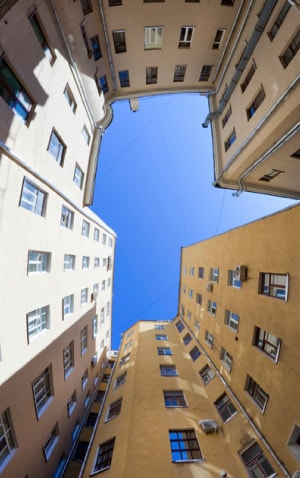NEW CENTRAL BANK GOVERNOR EXPECTED TO TOE THE POLITICAL LINE
By Kim Iskyan
The Russian economy continued to show signs of a slowdown, with GDP rising just 0.1% year-on-year in February.
 |
Weakness in household consumption growth, which was the key growth driver in recent years, is the chief culprit, along with anemic industrial production growth, which fell 2.1% in February. The Economy Ministry cut its growth forecast for 2013 to 2.4%, from 3.6%. Market forecasts calling for full-year economic growth of 3% are likely to be cut in coming months.
President Vladimir Putin named former Economy minister and current Kremlin economics adviser Elvira Nabiullina to head the country’s central bank. Nabiullina, who is closely associated with the liberal wing of government, is unlikely to have the political weight to withstand escalating political pressure to cut rates. Likewise, she is unlikely to go head-to-head with the powerful interests that stand in the way of improving the implementation of banking sector regulation.
However, Nabiullina may have a bit of breathing room on the monetary policy front, as Russia’s central bank cut rates in early April. The move was widely seen as a nod to growth concerns and to a recent increase in inflation, which reached 7.3% year-on-year in February.
In mid-March state-controlled oil company Rosneft closed the acquisition of rival oil producer TNK-BP, making it the world’s largest-listed crude producer. A few days later Rosneft opened up a credit line with TNK-BP, which will, in effect, deny minority shareholders in TNK-BP any dividends. The move prompted a precipitous decline in the share price of TNK-BP and was roundly criticized by investors as a blow to corporate governance standards.
State-controlled gas giant Gazprom said that it was cutting its dividend for 2012 as a result of lower earnings. It is the latest in a long series of bad news for the beleaguered company, which has seen its market capitalization decline to 2008–2009 global economic crisis levels.
Russian capital outflows reached approximately $26 billion during the first quarter, after outflows of $7.9 billion in the fourth quarter of 2012. As this issue went to press, the Economy Ministry downgraded its full-year capital outflow forecast to $30-$35 billion, from the previous forecast of $0-$10 billion.



